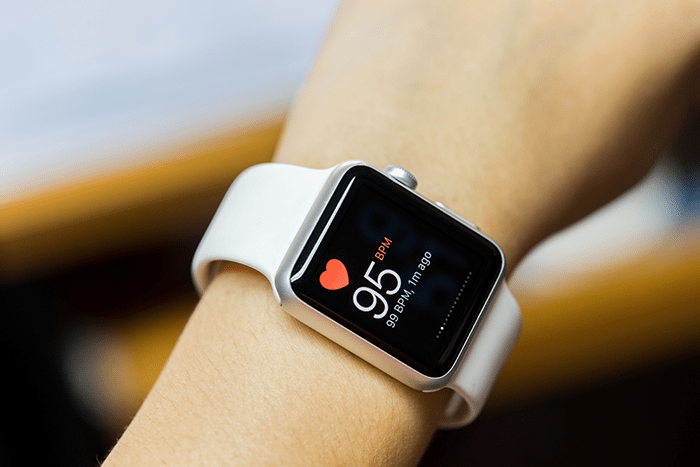Advantages of Heart Rate Training
Fitness trackers and heart rate monitors are all the rage right now; everyone’s “health” is synced up to some sort of device like a FitBit, Jawbone, Garmin or Timex. The irony is that most people don’t know how this plethora of information translates to improvements in fitness or training results. One stat particularly interesting to assess to maximize any training program is your heart rate.
For years, I’ve loosely trained for races using the approach: go out and run for a prescribed duration of time; moving at one slow, steady pace that is fairly easy to maintain (for the set workout time) every single workout. News flash, as a half-out-of-shape 20-something, I realized that my levels of perceived exertion (in my head) – how much effort put forth in a workout – weren’t translating to training results. In other words, I wasn’t pushing myself hard enough on certain days, or pulling back on shake-out run days to vary the intensity in my training at all. It was one steady, comfortable pace all the time (ineffective and boring).
One of the advantages of “heart rate based training” is that it keeps athletes honest with prescribed workouts; it keeps easy runs easy and hard workouts at the correct intensity, which also makes training more interesting. The benefit to varying your workouts through structured, heart-rate zone training is that it will help increase an athlete’s metabolic efficiency, a fancy term meaning the body’s ability to burn fat as fuel and maximize energy, according to Competitor.com. Not only are you combatting monotony by switching things up, but you’re teaching your body to work more efficiently which will help you go harder, faster and farther come race-day. In my head – this information translated to “training smarter, not harder” – my ah-ha training moment.
This current triathlon training cycle, I’ve opted to go all-in on a training plan that prescribes daily workouts based on heart rate (zones) and perceived exertion. Below are three key workouts, prescribed each week to vary the intensity from session to session, to help train your body to not just go the distance, but to maximize energy output:
Base Building: These sessions should be done at low to moderate aerobic intensity; a fairly slow, comfortable pace to help build up your aerobic base.
Threshold Workouts: These workouts are at an increased – fairly intense – pace. Similar to a tempo run, you’re pushing your pace for 30 to 40 minutes. By getting comfortable at this seemingly uncomfortable pace, you’ll push your ability to burn fat at a higher heart rate (allowing you to save other forms of energy, like carbohydrates, for later in your workout).
Interval Workouts: Interval workouts improve your heart rate recovery. A workout involves sprinting for a short period of time followed by low intensity active recovery, repeating the set several times. By pushing yourself during the sprint intervals, your body will adapt to harder efforts while also improving your ability to bring your heart rate back down to a steady pace during the recovery periods.
Halfway through my 70.3 training, I’m happy to report I’ve seen advantages to heart-rate based training that’s helped me stick with the program. From day to day, the variety in training sessions helps me stay motivated, while monitoring your heart rate during your session keeps your mind active (and your effort honest). Keeping a log of how a workout feels, along with your heart rate activity helps you compare and contrast training days, to continue to grow as an athlete over time.
Exploring the physiology of training to understand why we do certain workouts and how they’re transforming your body (down to the cells) is an entirely different series of topics I hope to explore and share with you. Triathlon training is not only fun, but fascinating.













